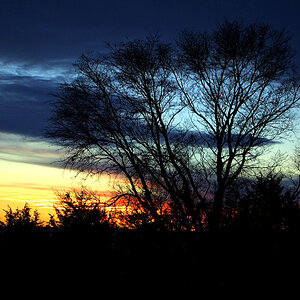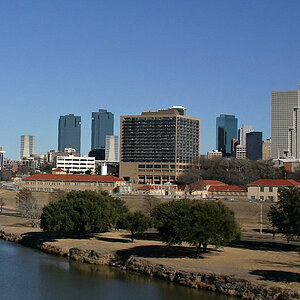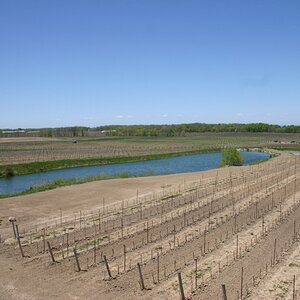nerwin
Been spending a lot of time on here!
- Joined
- Jan 31, 2015
- Messages
- 3,809
- Reaction score
- 2,115
- Location
- Vermont
- Website
- nickerwin.com
- Can others edit my Photos
- Photos OK to edit
I'm just wondering if there is any benefits from having a 60mm macro? Because it seems like a longer telephoto like the 105 or longer seems to be more beneficial because the working distance is significantly more.
When would the 60 macro come in handy OVER a longer telephoto macro? I can see it being useful on crop bodies but the lens is designed for full frame bodies. Is it just more versatile because its wider but can focus to 1:1?
Most manufactures have both a 50 or 60mm macro and a 100 or 105mm macros.
When would the 60 macro come in handy OVER a longer telephoto macro? I can see it being useful on crop bodies but the lens is designed for full frame bodies. Is it just more versatile because its wider but can focus to 1:1?
Most manufactures have both a 50 or 60mm macro and a 100 or 105mm macros.


![[No title]](/data/xfmg/thumbnail/41/41490-6af71315284539e04ae1878cda0d613f.jpg?1619739818)
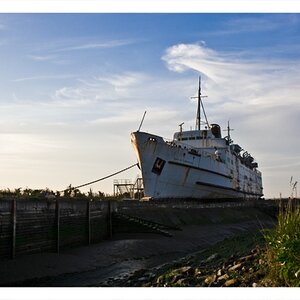
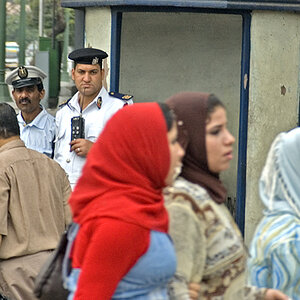
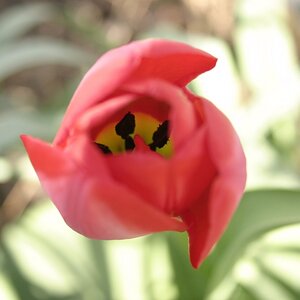
![[No title]](/data/xfmg/thumbnail/32/32703-dc864e762c9e91088156fdcab4aeea33.jpg?1619735606)
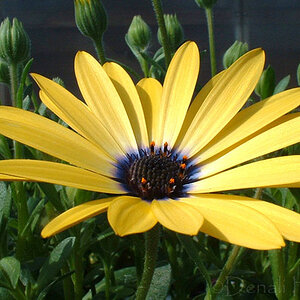

![[No title]](/data/xfmg/thumbnail/38/38743-ad854d502dddc7f41a927f1731a504cd.jpg?1619738704)
![[No title]](/data/xfmg/thumbnail/37/37603-739c5d9b541a083a12f2f30e45ca2b7b.jpg?1619738147)
